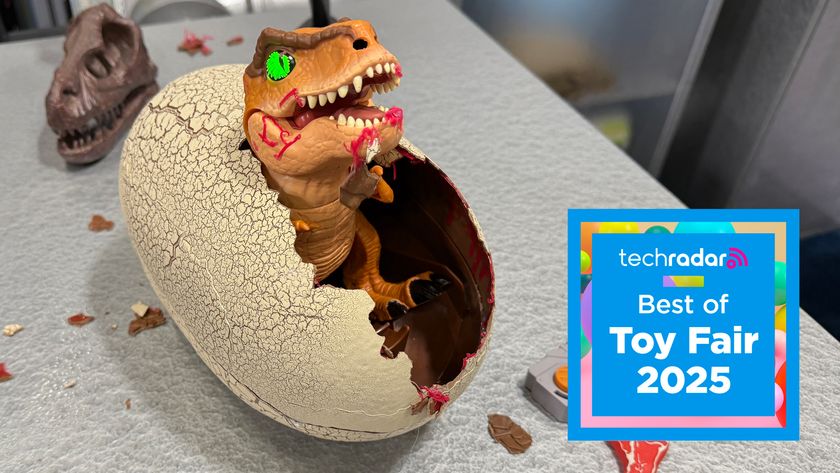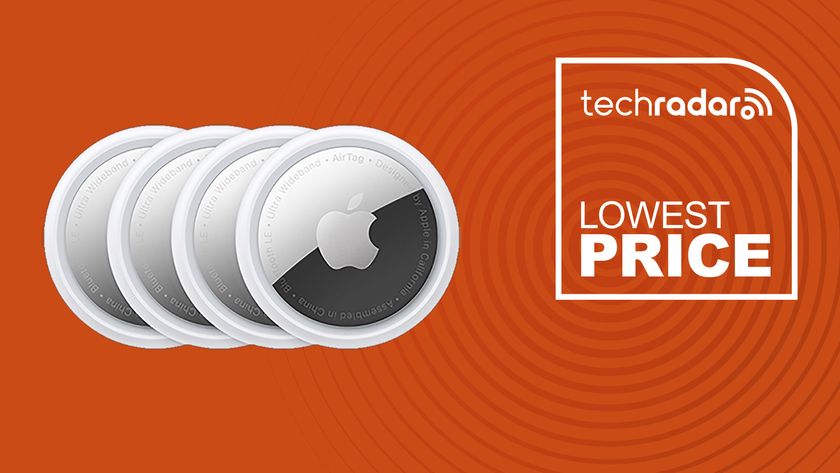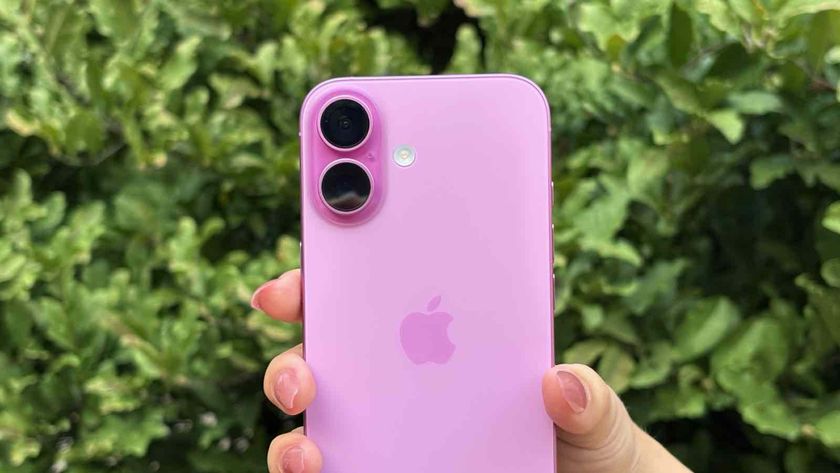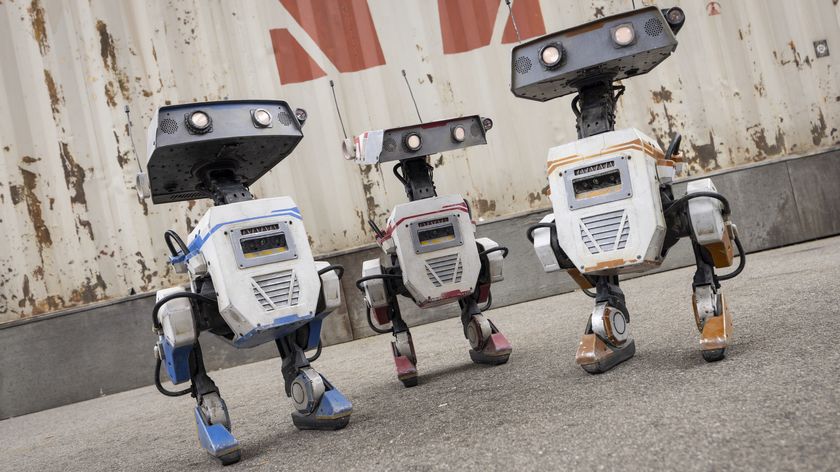20 years after Dolly the Sheep, what does the future hold for cloning?
Dolly, meet Dolly. And Dolly. And this is Dolly, too, and Dolly 2.
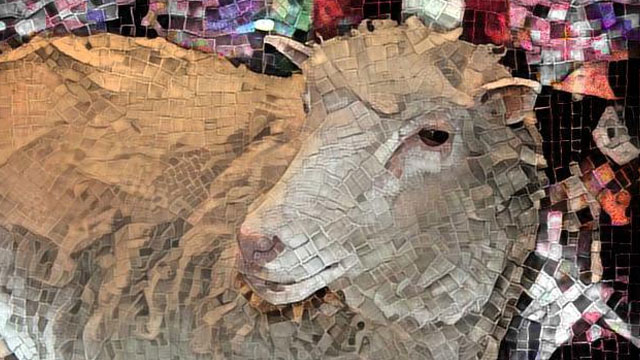
Twenty years ago today, a team of researchers from Scotland gathered the world's media together for a major press conference. The scientists, led by Ian Wilmut, Keith Campbell and their colleagues at the Roslin Institute at the University of Edinburgh, had successfully cloned a sheep - the first mammal to be created from a single adult body cell. The sheep's name? Dolly.
Dolly had actually been born the previous year - on 5 July 1996. She was a perfectly normal sheep in every way, except that she was an exact genetic copy of another one. Technically, she had three mothers - one provided the egg, another the DNA and a third gave birth to her.
Her creation was a biological triumph. Before Dolly, it was believed that animals could only be produced when an egg cell is fertilised by a sperm cell. There's a good reason why nature works this way - it mixes up genetic material from two individuals, decreasing the chance of a weakness being passed from parent to child. That's also the reason why incest is a really bad idea - a small gene pool is dangerous for the long-term health of a population. Genetic diversity is good.
No sperm? No problem
Dolly was created in a different way - a process that biologists call "somatic cell nuclear transfer". No sperm is involved - instead, you use a body cell from an adult animal that you want to clone, and an egg cell. Remove the nucleus from both, pop the one from the body cell into the now-empty egg cell, and you get a cell that's ready to begin doubling. Zap it with some electricity and it'll start dividing.
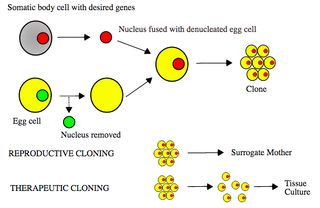
Sounds simple, right? It wasn't that easy - Dolly was the single success in 277 different tries at the process. It took decades of experiments before she was born, but today, we're a lot better at it. Only one in ten animal clones fail - though it does depend on the kind of cell used for the cloning, and the species. That's about the same rate as the number of human pregnancies that end in miscarriage, though it's two to three times higher than the abortion rate in livestock, which sits between three and five percent.
Dolly lived 6.5 years in Edinburgh, giving birth to six lambs in total, before being euthanized in 2003 because she had contracted severe arthritis and a form of lung cancer. Normally, her species lives 11 to 12 years, but the cancer is common in sheep, and the researchers said there was no connection between her status as a clone and the disease. In 2016, a long-term study of thirteen cloned sheep (including four from Dolly's cell line) found no evidence of a detrimental long-term effect of cloning. After death, Dolly's body was donated to the National Museum of Scotland.
Attack of the clones
While Dolly was a massive step forward in the science of cloning, the field has moved on considerably in the twenty years since she was introduced to the public. Other large mammals have been cloned - in the sport of polo, pony clones have totally transformed how the best players in the world compete. In 2015, Vanity Fair reported on a player preparing to compete on a pony that had died nearly a decade beforehand.
Get daily insight, inspiration and deals in your inbox
Sign up for breaking news, reviews, opinion, top tech deals, and more.
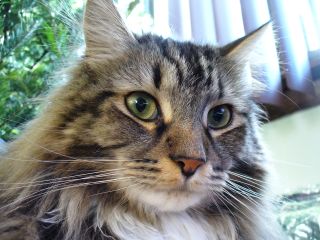
In 2004, a maine-coon cat (like the one pictured above) named "Little Nicky" was the first pet to be cloned commercially, kicking off a multimillion dollar industry. Little Nicky's owner, a woman named only as "Julie", paid $50,000 for the procedure. In 2008, Seoul National University created five clones of a dog named "Booger" for the same fee. In the United Arab Emirates, a cloned camel named "Injaz" was born in 2009.
Since then, the industry has exploded. While the fuss over genetically-modified food in the West has put most farmers off the idea of cloning the tastiest livestock, Asian farmers seem to have no such qualms. Lurid headlines tell of cloning factories in Korea that create 500 new animals every day, or Chinese cloning on an "industrial scale" in an old shoe factory. "If it tastes good you should sequence it," Wang Jun, the owner of the cloning facility in the second of those two examples, told BBC News in 2014.
The moral maze
As you might expect, this commercialisation of cloning technology has drawn ethical concerns. The cost of cloning a single animal could save thousands of abandoned pets in shelters from being euthanised, while some have highlighted the lack of knowledge we have of the long-term health effects of cloning in a variety of species. So far, those concerns have not been sufficient to sway public opinion towards an all-out ban on the practice.
Meanwhile, researchers have turned their attention to trickier puzzles. Creating cloned animals is not as useful as using similar techniques to tweak genetic material far faster than could be done using traditional animal breeding techniques.
In 2006, for example, biologists created cattle that cannot develop Mad Cow Disease. In 2015, pigs were created that were safe from the most economically-damaging swine disease in the world.
Jurassic Perk
De-extinction is another possibility with cloning techniques. Putting genetic material from an extinct species into the egg of a closely-related living species creates a clone of a dead animal. In 2013, Australian researchers successfully created embryos of the gastric brooding frog - a species that is thought to have been extinct since 1983 - though the embryos died after a few days. Recently, a story spread about a Harvard geneticist promising to create elephant embryos with wooly mammoth genes within two years (one paleoanthropologist questioned the breathless media coverage of the story).
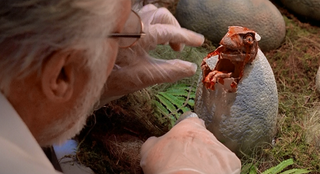
Then there's humans. To date, no-one has publicly announced the successful creation of a human clone. There are two reasons why you might want to clone human genetic material - the first is for medicine (to use in medicine and transplants). We've learnt a lot from the study of human embryonic stem cells in recent years, and it's not out of the question that we could clone individual organs for transplant in the future. Bone marrow transplants are commonly performed using human stem cells, but otherwise the technique is firmly in the research stage, not active medical use, at the time of writing.
The second is for reproduction, and this is where things start getting really contentious. In the wake of Dolly's birth in 1997, there was much discussion around the world on the subject of cloning and about 70 countries banned the creation of human clones. The UN General Assembly similarly banned all forms of human cloning in 2005. But research continues. In 1998, a biotech firm created a human-cow hybrid using the nucleus from a human leg cell and the egg of a cow. The embryo developed, and was destroyed after 12 days. In 2008, a different firm created five human embryos using skin cell nuclei and human eggs, which were again purposefully destroyed within a few days.
We don't know what would have happened if either had been left to develop. There's no reason to believe that we'd be any worse at creating human clones than we are any other species, and the science behind creating human clones is pretty clear.
But no researcher to date has been willing to stick their neck out and take on the thorny ethical issues that the creation of a full human clone will involve.
That's where we're at in 20AD -- twenty years after Dolly. It's hard to believe that the status quo around reproductive human cloning will hold for very long, especially while the commercialisation of animal cloning and science of therapeutic human cloning develops. As we gain greater understanding of the processes that govern life, and the technology to control it, there's little doubt that someone, somewhere will take the step of creating the first clone of a human being. The biggest question that remains is: how will we respond?


